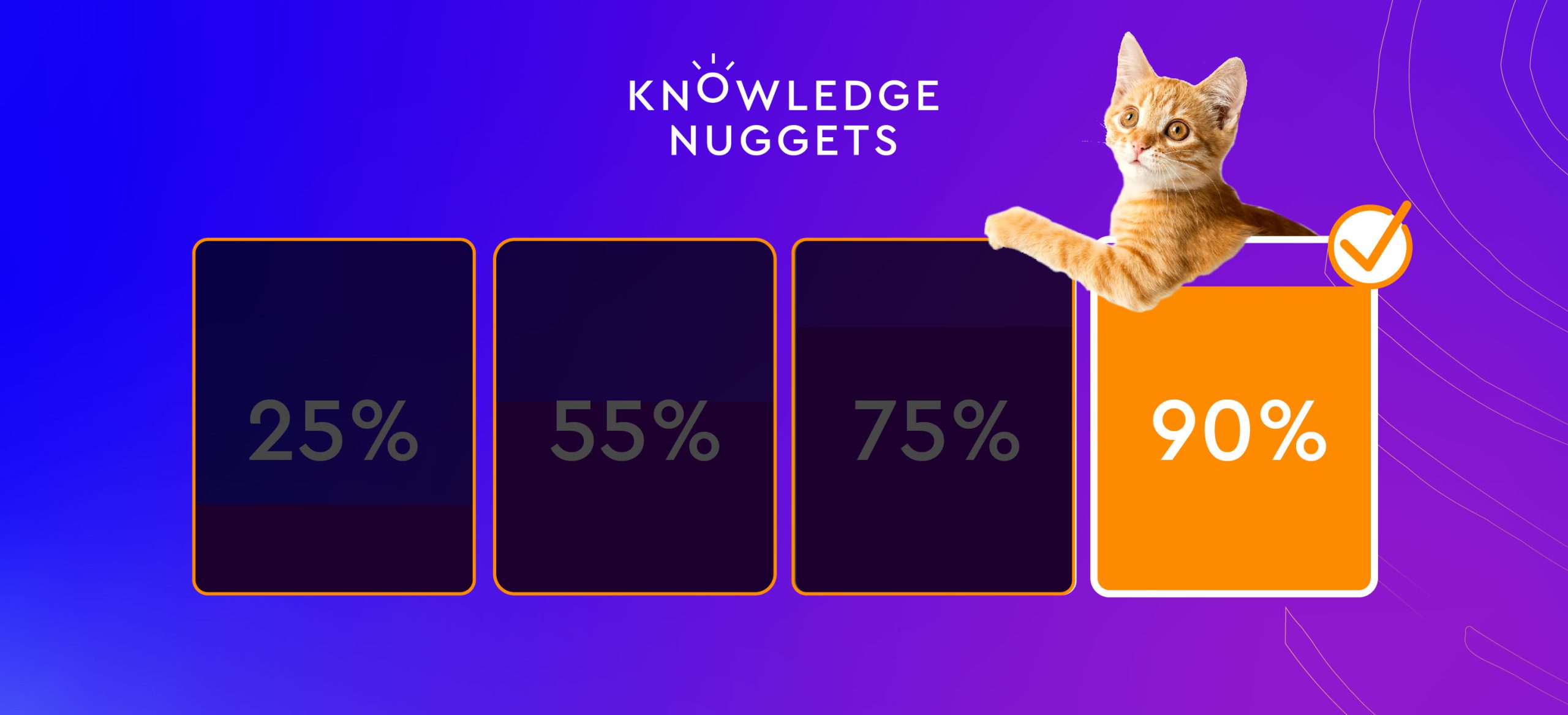Striking Similarities Between Humans And Animals
The interconnectedness between humans and animals has fascinated scientists, philosophers, and nature enthusiasts for centuries. We cannot ignore the fact that humans and animals have so many similarities and you would be much more surprised seeing similarities between cats and humans. This guide explores striking similarities that highlight our shared biological heritage and evolutionary connections.
Emotional expression stands as one of the most apparent similarities between humans and animals. Many species display a range of emotions comparable to those experienced by humans. For instance, elephants have been observed mourning their dead, chimpanzees express joy through play and laughter, and dogs exhibit jealousy when their owners pay attention to other animals. These emotional displays are not mere anthropomorphic projections but are rooted in similar neurological structures and processes. The limbic system, responsible for processing emotions, is present in both human and animal brains, suggesting a shared evolutionary origin for emotional experiences.
Social structures form another striking parallel. Humans have developed complex societies, but we are far from unique in this regard. Many animal species live in intricate social groups with hierarchies, roles, and rules. Wolves operate in packs with clear leadership structures, meerkats have designated sentinels to watch for predators, and ants work together in highly organized colonies. These social structures often serve similar purposes across species: protection, resource allocation, and successful reproduction. The complexity of these animal societies often rivals that of human communities, demonstrating that social living is a widespread evolutionary strategy.
Communication systems represent a third significant similarity. While human language is undoubtedly complex, animals have developed sophisticated methods of conveying information. Whales use intricate songs that can travel for miles underwater, bees perform elaborate dances to indicate the location of food sources, and prairie dogs have a complex vocabulary of alarm calls that can describe specific threats. Recent research has even suggested that some species, such as dolphins and certain primates, may use grammatical structures in their vocalizations. These communication systems, like human language, allow for the sharing of vital information and the maintenance of social bonds.
Tool use, once thought to be a uniquely human trait, has been observed in numerous animal species. Chimpanzees fashion sticks to “fish” for termites, sea otters use rocks to crack open shellfish, and certain birds have been observed bending wire to create hooks for accessing food. This ability to manipulate objects in the environment to achieve specific goals demonstrates problem-solving skills and a level of cognitive sophistication previously underestimated in the animal kingdom. The diversity of tool use across species suggests that this ability has evolved independently multiple times, highlighting its adaptive value.
Learning and cultural transmission provide another fascinating parallel. Humans are known for their ability to pass knowledge from one generation to the next, but this behavior is not unique to our species. Many animals exhibit learned behaviors that are passed down through social learning. Orca whales have been observed teaching hunting techniques to their young, and certain primates have developed unique cultural practices that differ between groups of the same species. This capacity for cultural transmission allows for rapid adaptation to new environments and challenges, a trait shared by humans and many animal species.
Self-awareness, long considered a hallmark of human consciousness, has been demonstrated in several animal species. The mirror test, which involves placing a mark on an animal and observing whether they recognize it as being on themselves when looking in a mirror, has been passed by elephants, dolphins, magpies, and great apes. This suggests a level of self-recognition and potentially self-awareness comparable to that of humans. While the exact nature and extent of animal self-awareness remain topics of debate, these findings challenge our understanding of consciousness and its uniqueness to humans.
Problem-solving abilities provide yet another area of similarity. Humans pride themselves on their capacity to solve complex problems, but many animals display remarkable problem-solving skills. Crows have been observed solving multi-step puzzles to access food, octopuses can open jars and navigate mazes, and chimpanzees have demonstrated strategic thinking in competitive games. These abilities suggest that complex cognitive processes are not limited to humans but are present across the animal kingdom, likely driven by similar evolutionary pressures.
Empathy and altruism, often considered uniquely human traits, have been observed in various animal species. Rats have been shown to free trapped companions even when there is no reward for doing so, dolphins have been known to support injured members of their pod, and bonobos share food with strangers. These behaviors suggest that the capacity for empathy and altruism may have deep evolutionary roots, challenging the notion that such prosocial behaviors are exclusive to humans.
Sleep patterns and dreams represent another intriguing similarity. Most animals, including humans, require sleep for proper functioning. Many species also exhibit rapid eye movement (REM) sleep, the stage associated with dreaming in humans. Studies have shown that rats and birds appear to replay and consolidate memories during sleep, much like humans do. This suggests that sleep serves similar cognitive functions across species, potentially including memory consolidation and learning.
Play behavior is a characteristic shared by humans and many animal species. Young animals, like human children, engage in play as a way of learning about their environment, developing social skills, and practicing behaviors necessary for survival. Dolphins engage in elaborate games with seaweed, lions cubs playfight to develop hunting skills, and even octopuses have been observed playing with objects in their environment. This universal tendency towards play suggests its importance in cognitive and social development across species.
Genetic similarities between humans and animals provide further evidence of our shared evolutionary history. The Human Genome Project, completed in 2003, revealed that humans share a significant portion of their DNA with other species. For instance, humans and chimpanzees share approximately 98.8% of their DNA, while humans and mice share about 85%. Even more surprisingly, humans share about 60% of their DNA with fruit flies and 50% with bananas. These genetic similarities extend beyond mere percentages, as many genes serve similar functions across species. For example, the PAX6 gene, which is crucial for eye development, is found in humans, mice, and even fruit flies. This genetic conservation across diverse species highlights the fundamental unity of life on Earth and provides valuable insights into human biology and disease. Researchers have leveraged these genetic similarities to develop animal models for studying human diseases, leading to significant advancements in medical research. The study of comparative genomics has not only deepened our understanding of evolution but has also revolutionized fields such as medicine, agriculture, and conservation biology.
The complexity of animal cognition and intelligence continues to astonish researchers, revealing cognitive abilities that were once thought to be uniquely human. Recent studies have shown that various animal species possess cognitive skills that rival or even surpass those of humans in certain domains. For instance, chimpanzees have demonstrated superior short-term memory compared to humans in some tasks, while certain bird species, like New Caledonian crows, have shown remarkable problem-solving abilities and tool use that surpass those of many primates. Elephants have been observed using tools, demonstrating self-awareness, and even showing signs of numeracy. In the marine world, dolphins have displayed the ability to understand symbolic language and solve complex puzzles, while octopuses have shown incredible problem-solving skills and the ability to learn through observation. Even insects, with their tiny brains, have surprised scientists with their cognitive abilities. Bees, for example, can understand the concept of zero, learn from each other, and make complex decisions based on multiple factors. These findings challenge our anthropocentric view of intelligence and suggest that cognitive abilities have evolved in diverse ways across the animal kingdom. The study of animal cognition not only provides insights into the evolution of intelligence but also raises important ethical questions about our treatment of animals and our responsibility towards other species. As we continue to uncover the depths of animal intelligence, we are compelled to reconsider our definitions of cognition, consciousness, and even personhood.
The emotional lives of animals have been a subject of increasing scientific interest, revealing a depth and complexity that parallels human emotional experiences in many ways. While emotions in animals were once dismissed as mere anthropomorphism, a growing body of research supports the existence of rich emotional lives across various species. Elephants, known for their strong social bonds, have been observed engaging in behaviors that suggest they experience grief. They have been seen returning to the bones of deceased family members, gently touching them with their trunks in what appears to be a form of mourning ritual. Similarly, orcas have been documented carrying their dead calves for days or even weeks, a behavior that researchers interpret as an expression of grief. Primates, our closest relatives, display a wide range of emotions that are easily recognizable to humans. Chimpanzees have been observed consoling each other after conflicts, a behavior that suggests empathy and emotional understanding. Even rats, often viewed as simple creatures, have been shown to exhibit empathy, choosing to free a trapped companion instead of accessing food. In the realm of positive emotions, many animals display clear signs of joy and pleasure. Dolphins are known for their playful behavior, engaging in activities that seem to have no purpose other than enjoyment. Dogs, our closest animal companions, show a range of emotions including joy, fear, and even jealousy. Recent studies have even suggested that fish can experience positive emotions, challenging our perceptions of these creatures. The recognition of complex emotional lives in animals has profound implications for animal welfare and ethics. It challenges us to consider the emotional well-being of animals in various contexts, from pets and livestock to wildlife conservation. As we continue to explore the emotional capacities of animals, we are developing a more nuanced understanding of our place in the natural world and our relationships with other species.
Dr. Frans de Waal, a renowned primatologist and ethologist, offers this insight: “The more we study animal behavior, the more we realize that the gap between humans and other animals is far narrower than we once believed. These similarities challenge us to reconsider our place in the natural world and our responsibilities towards other species.”
These striking similarities between humans and animals underscore our shared evolutionary history and the continuity of life on Earth. They challenge traditional notions of human exceptionalism and invite us to consider our place within the broader tapestry of life. As we continue to study and understand these connections, we gain not only scientific knowledge but also a deeper appreciation for the complexity and wonder of the natural world.






